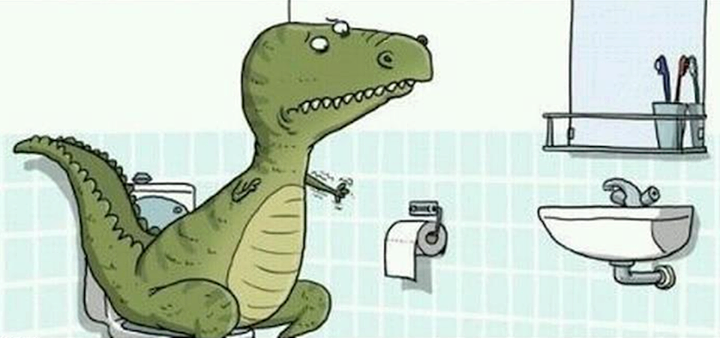This was originally posted at: https://theconversation.com/new-dinosaur-competes-to-be-europes-largest-land-predator-23997
Say hello to Torvosaurus gurneyi, the newly discovered theropod dinosaur that lived in Europe around 157-145 million years ago. It is potentially the largest land predator discovered in Europe and one of the largest carnivorous dinosaurs from the late Jurassic period. The identification of this new species plays an important role in developing our understanding of how different dinosaur species were distributed across the globe, as well as the ecology of large European predators at this time.
Similar in appearance to the North American species Torvosaurus tanneri, the remains found in Portugal were initially regarded as near-identical to them. But closer scrutiny and greater knowledge of the anatomy of theropod dinosaurs has led to several key features being identified in the new species.

